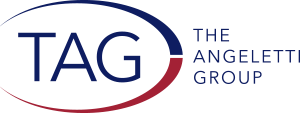Regardless of where a Board of Trustees is in its “life cycle” (for instance, a start-up board looks very different from a mature, 20-year+ Board with multiple programs and facets), functional committees become a key ingredient of the ongoing capacity building efforts of the organization. Indeed, as board authority BoardSource notes in Governance as Leadership, “it is in the committees that the work of the board gets done.”
In particular:
1) Communication. One of the realities of boards: made up of people, there will be differences of opinion, and conflict. The ability to resolve conflicting opinions is significantly proportionate to Trust.
But what builds Trust? Communication—honest, clear, timely communication—is a key facet of building trust, and therefore a vital ingredient in growing a healthy board. When committees share their progress as well as any issues for consideration from their committee, they are doing so as a group, not simply as an individual.
2) Ownership. For a board to be fully functional and healthy, directors/trustees need to “own” the organization (which they do, as a corporate legal structure). But far beyond the structural reality, it is vital that directors be intellectually and emotionally engaged in the enterprise, genuinely seeking to serve and see the agency prosper. Actually considering issues, opportunities and challenges in a working group context, as a committee, greatly increases this sense that “I’m part of the solution.”
From this sense of ownership, borne of working together, comes the role of advocacy, and personally supporting the agency financially at a level that is significant to them. Both are core expectations of all board members.
3) Wisdom. As one of the three “classic criteria” for good board candidates, Work, Wisdom, and Wealth- committees provide a context to specifically exercise wisdom (as well as work). For instance, a finance committee can combine those with investment knowledge complementing those with accounting skills, and even computer systems and reporting.
Regardless of where a board is in its journey, periodically reviewing committee structures and membership can pay great dividends.


